What are Refrigerant Retrofits and Why Should I look into them?

Refrigerants are substances that are used to transfer heat in HVAC systems. They are essential for cooling and heating buildings, but some of them also have negative impacts on the environment. Some refrigerants can deplete the ozone layer, which protects the Earth from harmful ultraviolet radiation. Others can contribute to global warming by trapping heat in the atmosphere.
To reduce these environmental effects, some refrigerants are being phased out and replaced by more eco-friendly alternatives. The phase out process is regulated by international agreements such as the Montreal Protocol and the Kigali Amendment, as well as national laws such as the American Innovation & Manufacturing (AIM) Act. However, replacing refrigerants is not a simple task. It involves changing the components and settings of existing HVAC systems, which can affect their performance, efficiency, and safety. This process is called refrigerant retrofitting, and it requires careful planning and execution.
In this blog, we will discuss the reasons, challenges, and benefits of HVAC refrigerant retrofits. We will also provide some examples of laws and refrigerants that are relevant for retrofits.
Reasons for Refrigerant Retrofits
Retrofitting a system to use a different gas is done for a number of reasons:
- The lack of availability of the original gas, most commonly due to environmental legislation (e.g. HCFC phase down)
- Corporate responsibility: a policy decision to use refrigerants that provide greater benefit to the environment.
- The availability of new refrigerants providing performance benefits, such as lower power consumption.
Some of the most common refrigerants that are being phased out and their alternatives are:
- R-22: This is a hydrochlorofluorocarbon (HCFC) refrigerant that has been widely used for decades. However, it has a high ozone depletion potential (ODP) and a high global warming potential (GWP), which means it can damage the ozone layer and contribute to climate change. R-22 is being phased out for new HVAC equipment since 2010, and all production and import of new R-22 will end in 2022. Existing equipment that uses R-22 can still be serviced with reclaimed or recycled R-22 until 2030. Some of the alternatives for R-22 are R-407C, R-410A, R-438A, and R-32.
- R-410A: This is a hydrofluorocarbon (HFC) refrigerant that has no ODP but a very high GWP. It is one of the most popular refrigerants for residential and commercial air conditioners and heat pumps. R-410A will be phased out in new HVAC systems starting from 2023, as part of the HFC phase out based on the AIM Act3. The US Environmental Protection Agency (EPA) will gradually reduce the production and consumption of HFCs by over 80% by 20363. Some of the alternatives for R-410A are R-32, R-454B, R-452B, and R-454A.
Challenges of Refrigerant Retrofits
Refrigerant retrofits are not simple plug-and-play operations. They require careful assessment, planning, and execution to ensure that the system can operate safely and efficiently with the new refrigerant. Some of the challenges of refrigerant retrofits are:
- Compatibility: Not all components of an existing system may be compatible with a new refrigerant. For example, some materials may react differently with different refrigerants, causing leaks or corrosion. Some compressors may not be able to handle the pressure or temperature changes caused by a different refrigerant. Some controls may not be able to adjust to the different performance characteristics of a new refrigerant. Therefore, before retrofitting a system, it is essential to check with the manufacturers or suppliers of each component to ensure compatibility.
- Performance: The cooling capacity and efficiency of a system may change with the use of a new refrigerant. This is because each refrigerant has unique thermodynamic properties that affect how it absorbs and releases heat. For example, some refrigerants may have higher or lower boiling points, latent heats, or specific heats than others. These factors affect how much heat can be transferred per unit mass or volume of refrigerant. Therefore, before retrofitting a system, it is important to check that the new cooling capacity and efficiency will meet the demand and expectations of the users..
Safety: The safety of a system may also change with the use of a new refrigerant may change with the use of a new refrigerant. This is because some refrigerants are flammable, toxic, or have higher pressures than others. These factors affect the risk of fire, explosion, poisoning, or leakage in the system. Therefore, before retrofitting a system, it is important to check the safety requirements and standards for the new refrigerant . Some safety measures include using unique fittings, warning labels, leak detectors, pressure relief valves, and ventilation systems .
Benefits of Refrigerant Retrofits
Despite the challenges of refrigerant retrofits, there are also many benefits that can outweigh the costs and efforts. Some of the benefits of refrigerant retrofits are:
- Compliance: Retrofitting a system with a new refrigerant can help avoid legal penalties and fines for using banned or restricted refrigerants. It can also help meet the environmental and social expectations of customers, investors, and regulators.
- Sustainability: Retrofitting a system with a new refrigerant can reduce the environmental impact of the system by lowering its ODP and GWP. This can help mitigate ozone depletion and climate change, as well as improve air quality and public health.
- Efficiency: Retrofitting a system with a new refrigerant can improve the efficiency and performance of the system by reducing power consumption and operating costs. This can also extend the lifespan and reliability of the system by reducing wear and tear.
Examples of Laws and Refrigerants for Retrofits
Some examples of laws and refrigerants that are relevant for retrofits are:
- The Montreal Protocol: This is an international treaty that aims to protect the ozone layer by phasing out the production and consumption of ozone-depleting substances (ODS), such as CFCs and HCFCs. The treaty has been amended several times to include new substances and targets. The most recent amendment is the Kigali Amendment, which adds HFCs to the list of controlled substances and sets a schedule for their phase down.
- The American Innovation & Manufacturing (AIM) Act: This is a US law that authorizes the EPA to implement the HFC phase down in accordance with the Kigali Amendment. The law also establishes a market-based system for allocating HFC production and consumption allowances among various sectors and end-uses.
- R-32: This is an HFC refrigerant that has no ODP and a lower GWP than R-410A. It has higher efficiency and lower toxicity than R-410A, and it is easier to handle and recover. R-32 is one of the leading candidates to replace R-410A in new HVAC systems.
- R-454B: This is an HFO (hydrofluoroolefin) refrigerant that has no ODP and a lower GWP than R-32. It has similar operating pressures and temperatures with R-410A, making the transition easier. It also has better heating performance than R-32. R-454B is another potential replacement for R-410A in new HVAC systems.
Refrigerant retrofits are complex but necessary processes that involve changing the components and settings of existing HVAC systems to use new refrigerants that are more environmentally friendly. Refrigerant retrofits are done for various reasons, such as complying with environmental legislation, reducing greenhouse gas emissions, or improving system efficiency. However, refrigerant retrofits also pose many challenges, such as ensuring compatibility, performance, and safety of the system with the new refrigerant. Therefore, refrigerant retrofits require careful assessment, planning, and execution to ensure that they are done correctly and safely. Refrigerant retrofits can also bring many benefits, such as avoiding legal penalties, saving energy costs, and extending system lifespan.
Select SBS-NC, LLC as your first choice for commercial HVAC refrigerant retrofits in Greensboro, NC. Our seasoned team of experts boasts vast experience in retrofitting HVAC systems, guaranteeing a smooth transition to eco-friendly and efficient refrigerants. We view these upgrades as more than simply meeting regulations, but as a pathway to substantial long-term cost reductions through enhanced energy efficiency. Our method is holistic, ensuring your HVAC system's optimal performance while keeping your business ahead of environmental responsibilities. Opt for SBS-NC, LLC, and experience the benefits of professional HVAC retrofits in Greensboro, NC. Call us today!
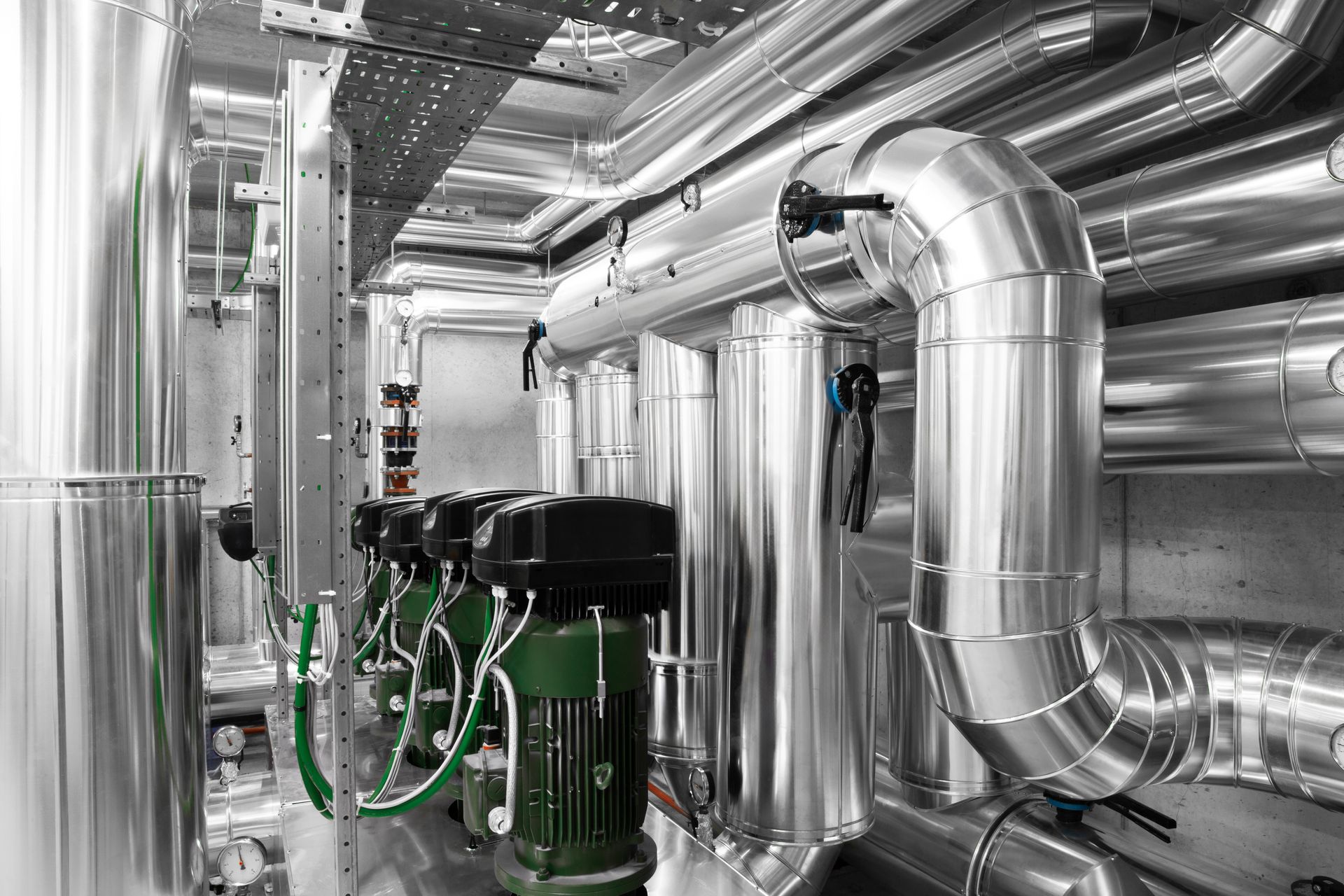
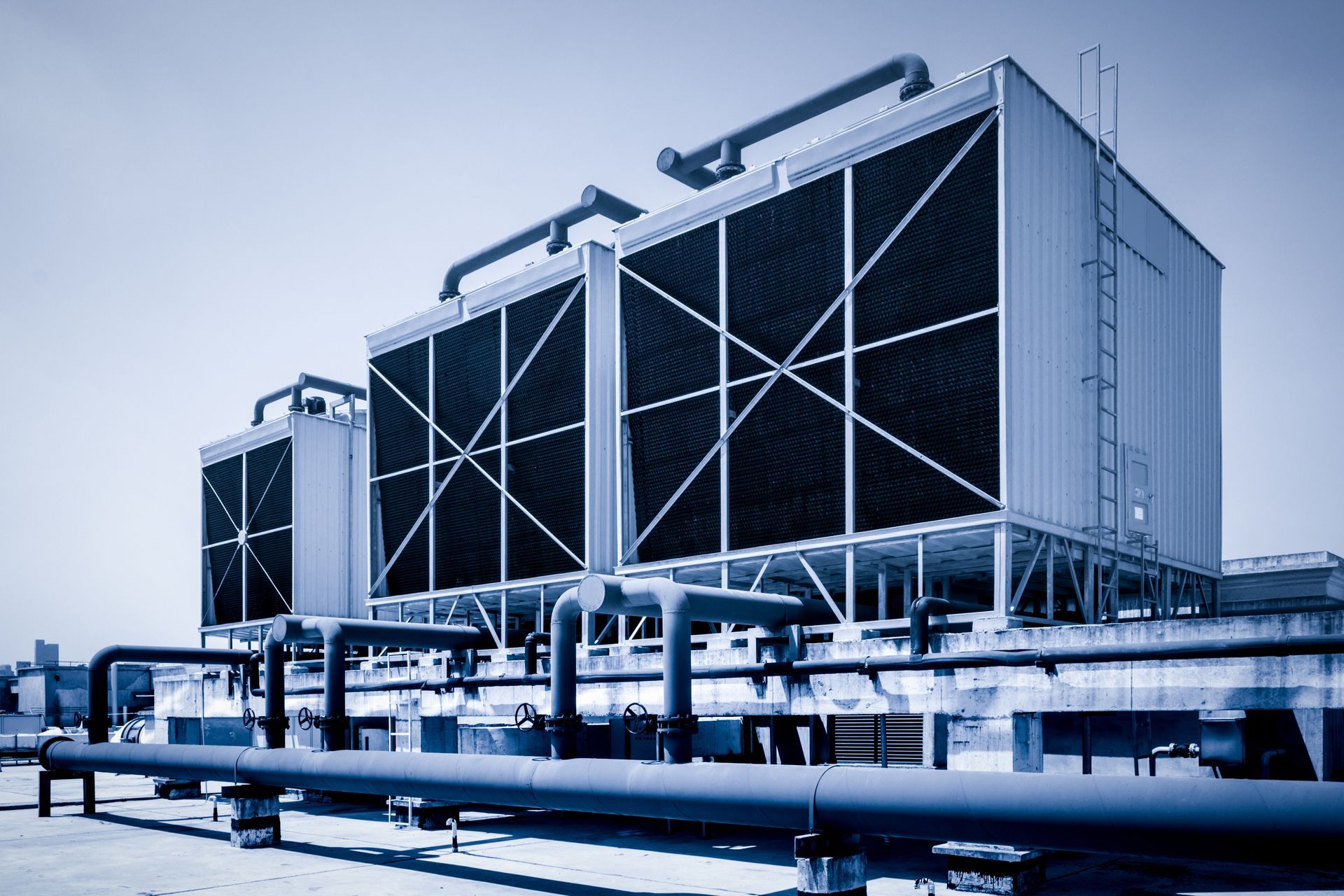
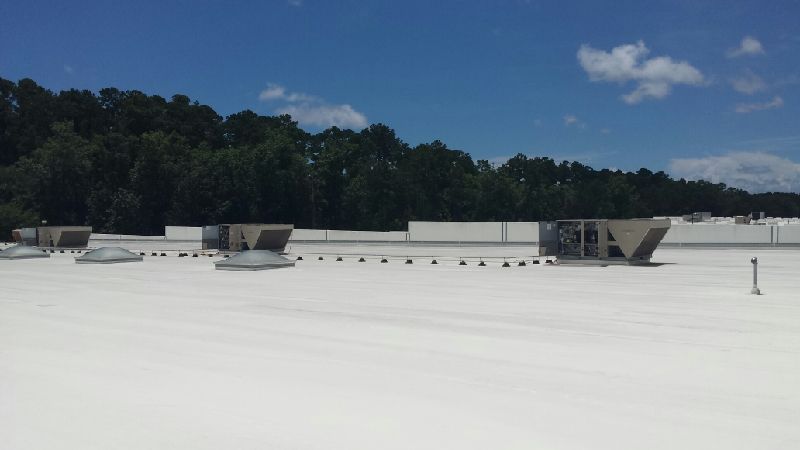
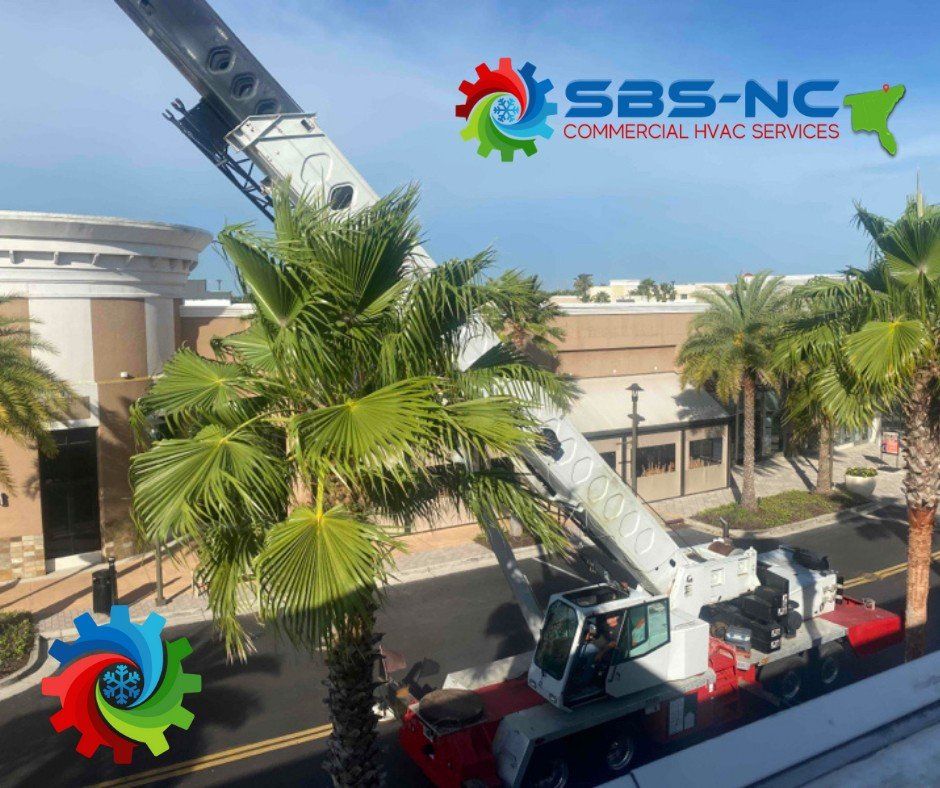

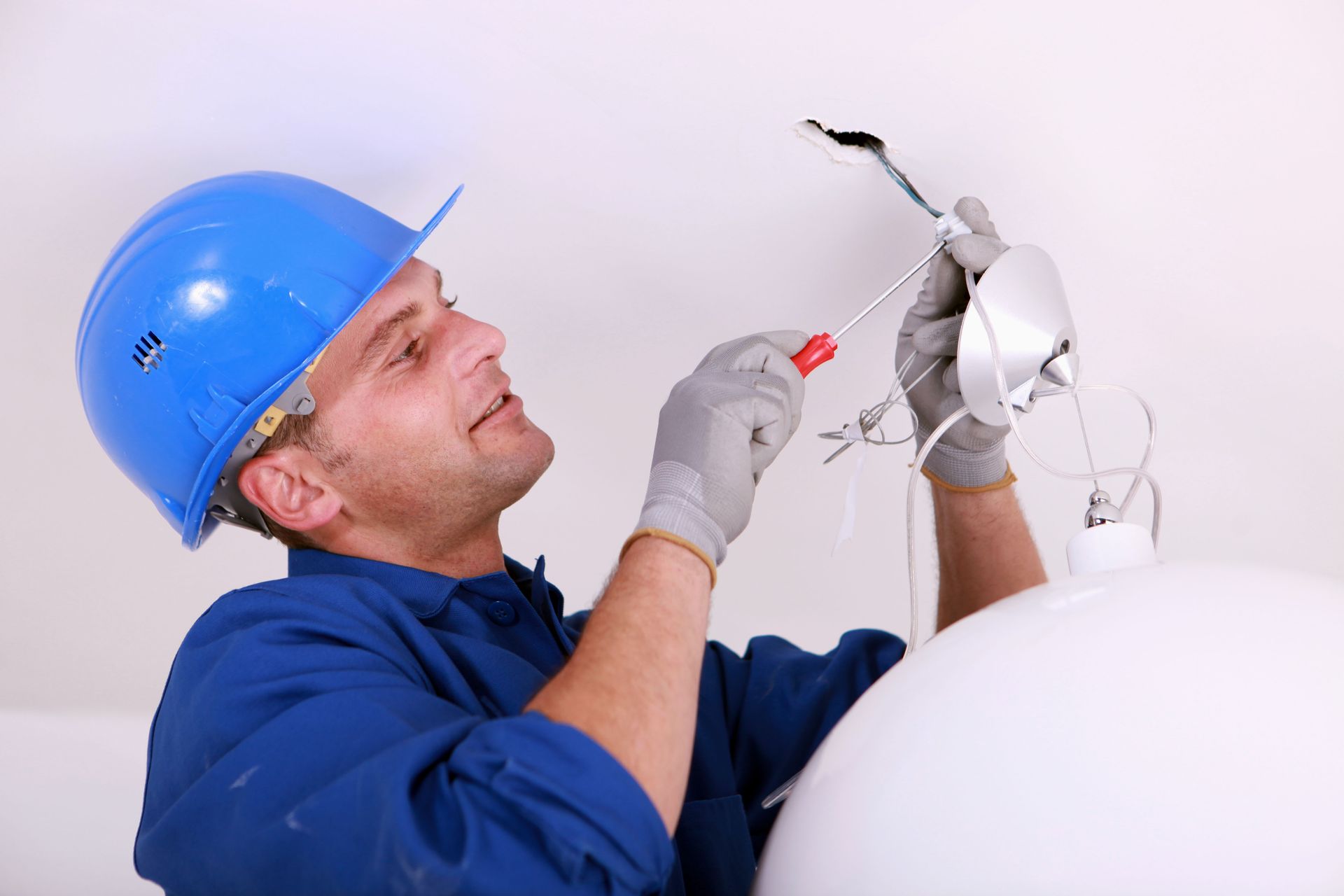
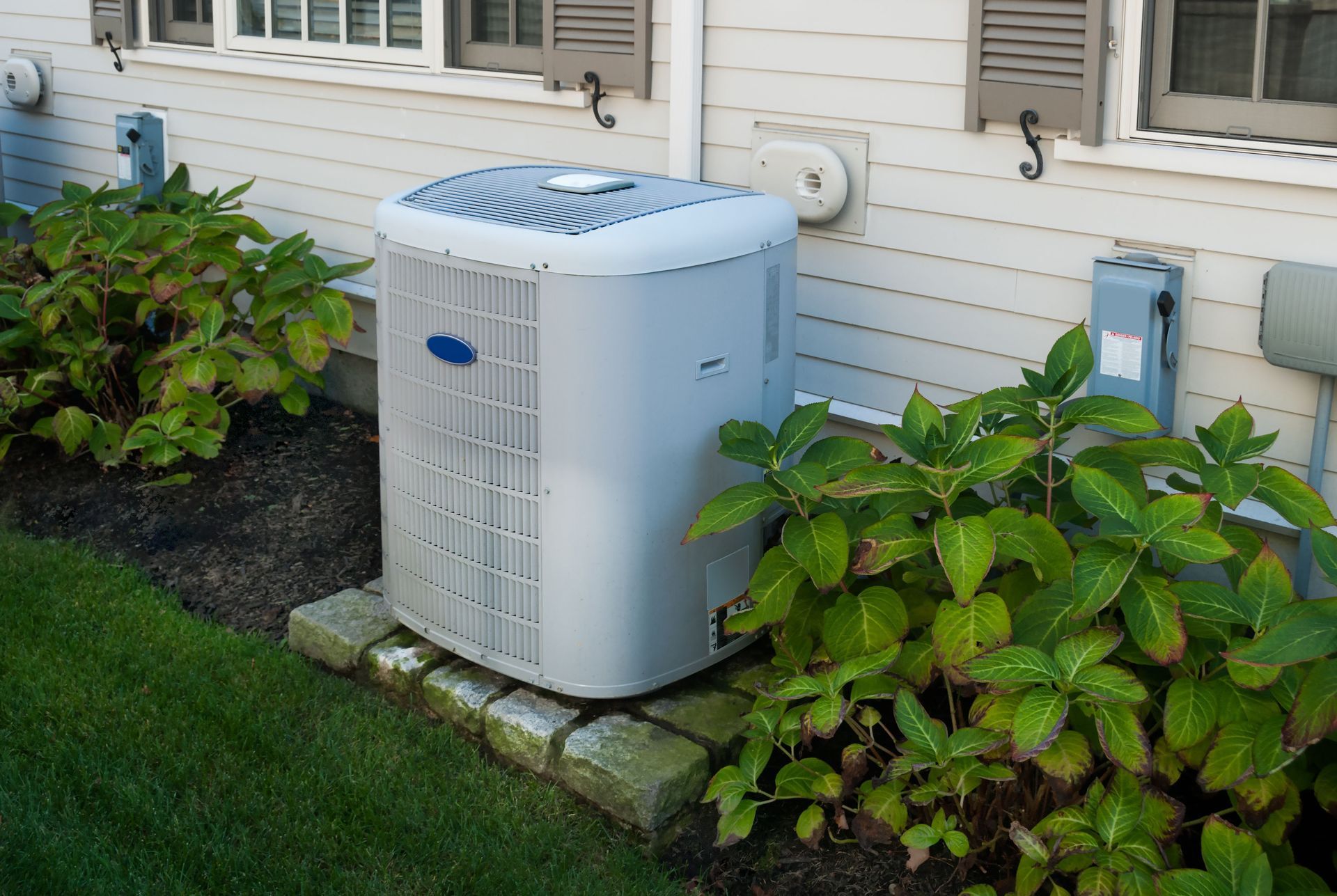
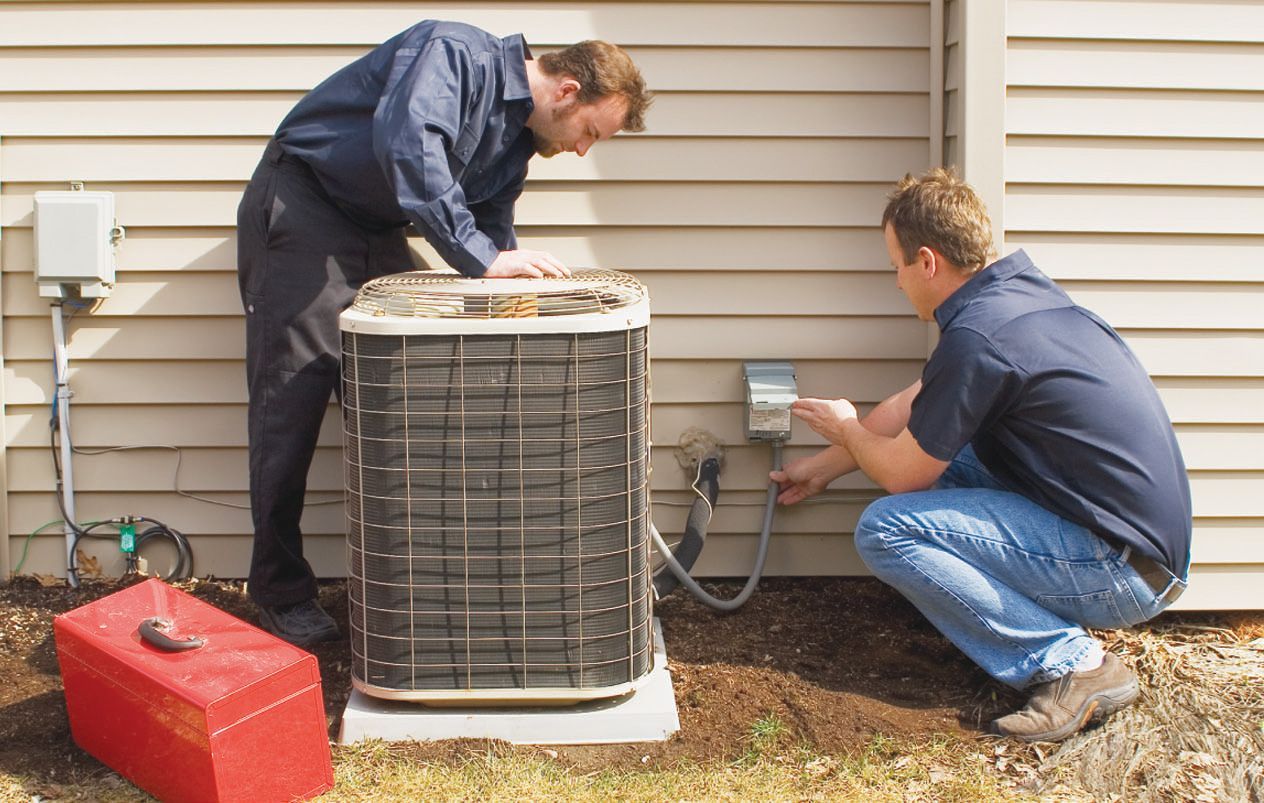
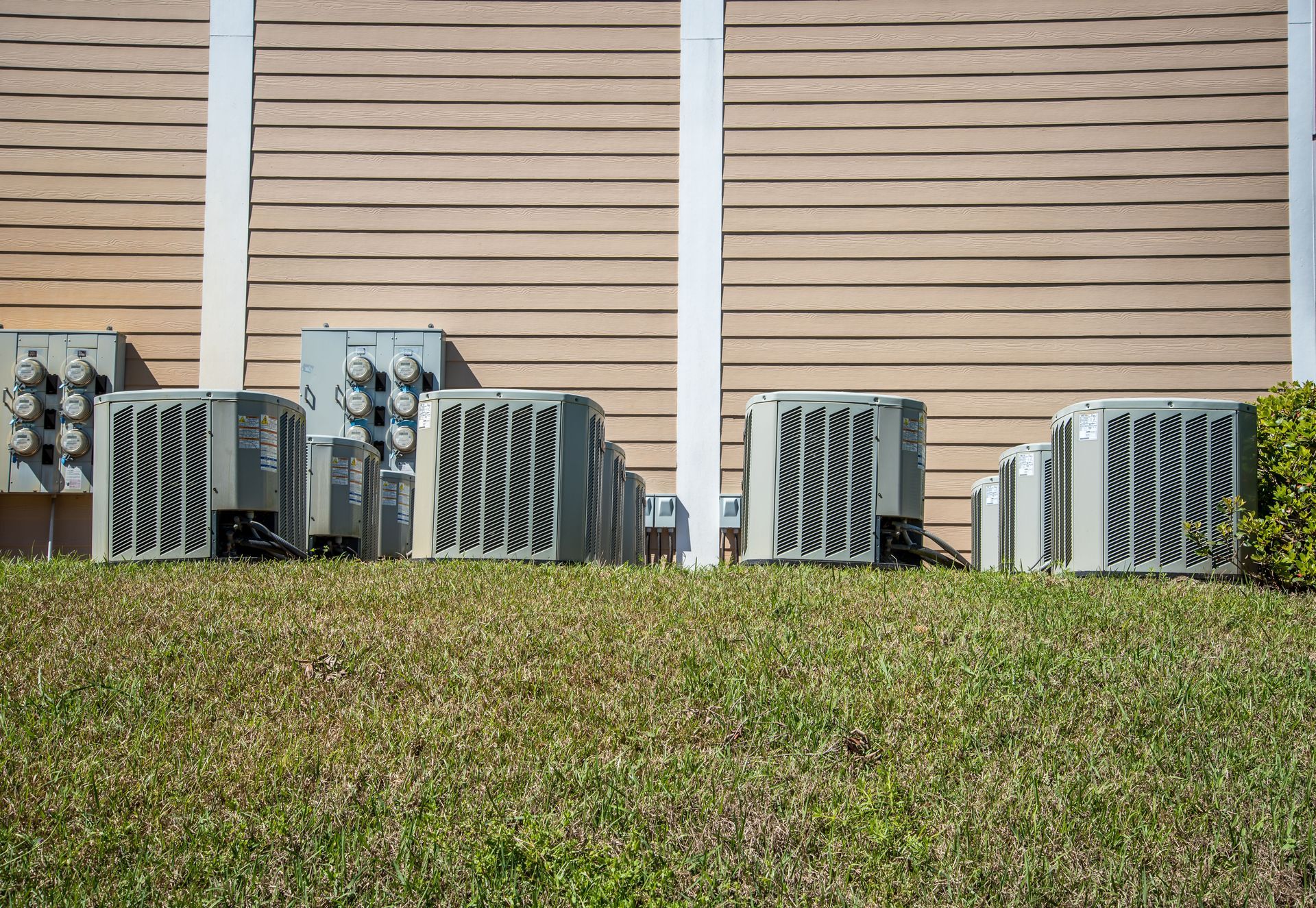
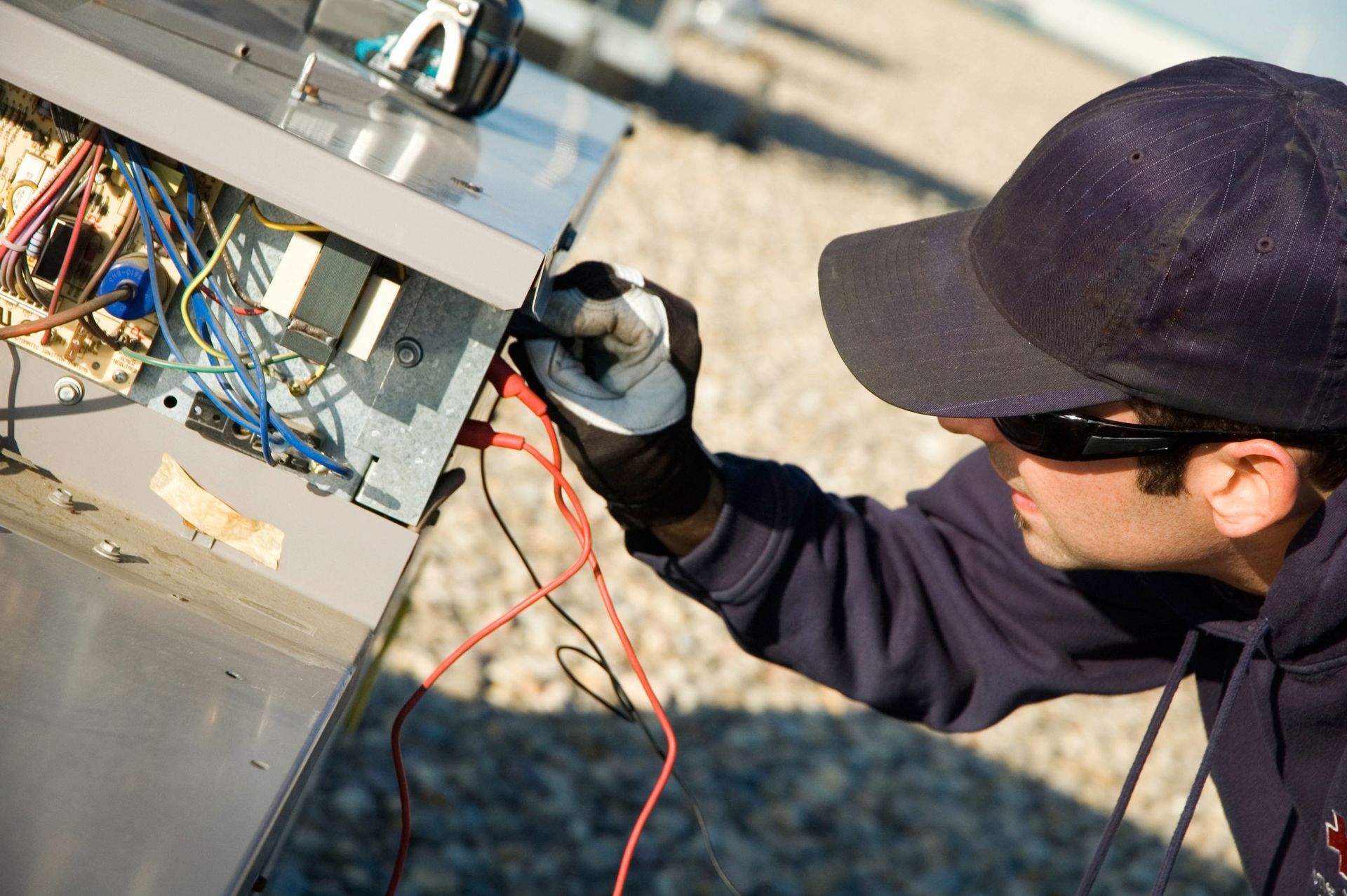
Share On: